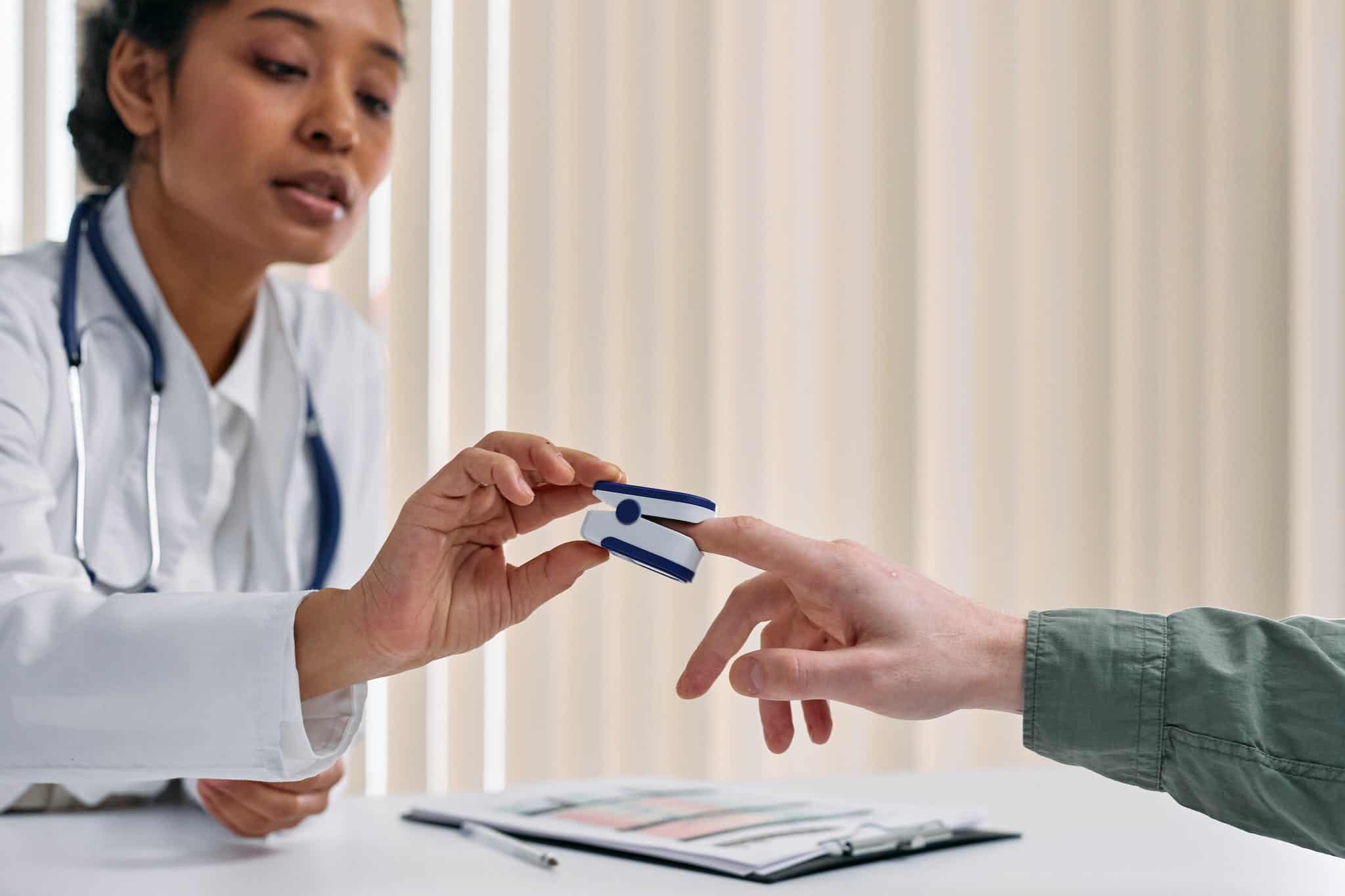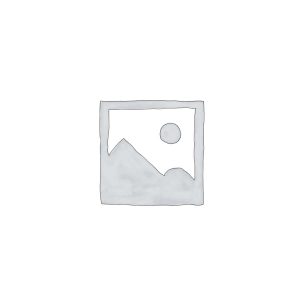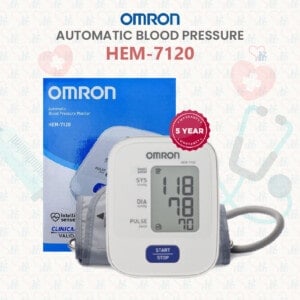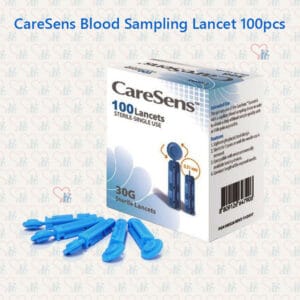How to Choose the Right Collection of Oximeters?

Choosing the right collection of oximeters can be a daunting task, especially if you are new to the world of medical devices.
An oximeter is an essential tool that measures oxygen levels and heart rate, making it a crucial tool for monitoring seniors’ health.
With so many different types available in Singapore, it’s important to understand their function and how they work.
In this blog post, we will guide you through the process of selecting the right oximeter by discussing various factors that should be considered before making a purchase.
We will also provide you with tips on how to use it correctly and the precautions you should take while using it.
Lastly, we will touch upon how it should not replace a COVID-19 test and when you should consult a healthcare professional. Let’s dive in!
Understanding the Function of Oximeters

Monitoring oxygen levels is one of the vital signs that we must regularly check aside from blood pressure and blood sugar levels. It is crucial for assessing respiratory health.
Oximeters, including the APR, provide vital information about blood oxygen levels, helping detect low levels that may indicate underlying health issues.

Regular use of oximeters, such as the APR, can aid in the early detection of silent pneumonia and other respiratory complications.
By monitoring oxygen saturation and pulse rate, oximeters, like the APR, serve as a reliable tool in assessing overall respiratory well-being.
Understanding the function of it, including the APR, and its importance in tracking oxygen levels can lead to early intervention and prevent serious consequences.
What is an Oximeter and Why is it Important?
An oximeter is a non-invasive device that measures blood oxygen levels in ill people. It plays a crucial role for individuals with respiratory conditions like pulmonary hypertension and COPD, or COVID-19 symptoms, helping to identify low blood oxygen levels that require medical attention, including symptoms of the virus.
It is also important for monitoring oxygen levels during physical activities and can provide timely alerts at home.
The Role of Oximeters in Monitoring Senior’s Health
As our loved ones age, monitoring their health becomes increasingly important. Oximeters, such as the free oximeter provided by the Temasek Foundation’s Stay Prepared initiative in Singapore, play a valuable role in allowing us to keep a close eye on the well-being of elderly individuals.
By regularly checking their blood oxygen levels using this device, we can detect any potential decrease in oxygen saturation.

This is crucial for seniors with respiratory conditions, as low levels of oxygen can have serious consequences. With the use of this device, we can provide peace of mind by ensuring that their blood oxygen levels remain within the normal range.
To enable the collection of the oximeters, Singapore Post will be distributing a leaflet by Temasek Foundation’s Stay Prepared initiative to each household letterbox between 28 June and 3 July.
Where can I Collect an Oximeter?
All you need to do is bring along the provided leaflet, including the redemption section, to any of the designated collection points to claim your free oximeter.

This initiative covers a wide network of over 300 outlets, including those at NTUC FairPrice (excluding FairPrice Xpress at petrol kiosks), Sheng Siong, Giant, Cold Storage, Watsons, Unity, and Guardian.
Different Types of Oximeters Available in Singapore
In Singapore, you can find a variety of oximeters to suit different needs and preferences. Each type has its features and benefits, so it’s important to choose the right one based on your individual needs.
Remember, selecting the right oximeter can make a difference in your monitoring experience. Additionally, when considering the different types available in Singapore, it’s important to take into account the blood flow close to the surface.
Fingertip Oximeters
Fingertip oximeters are compact and user-friendly devices that provide instant readings of blood oxygen levels using pulse oximetry probes.

They are ideal for individuals who require regular monitoring and are especially beneficial for seniors with respiratory conditions. These portable oximeters can be used anytime, anywhere, offering convenience and peace of mind.
With their bright LED displays, readings from it probes are easy to read and interpret. By using fingertip oximeters and pulse oximetry probes, individuals can stay aware of their oxygen saturation levels and take necessary actions in case of low levels.
It’s important to prioritize health and seek urgent treatment if oxygen levels indicate hypoxia.
Handheld Oximeters
Handheld oximeters are designed specifically for professional use in healthcare settings. With their advanced features and accurate readings, they are ideal for monitoring patients in hospitals or clinics.
These devices provide detailed information on oxygen saturation and pulse rate, giving healthcare professionals valuable insights into patients’ health conditions.
Additionally, these often have larger displays and customizable settings, making them user-friendly and convenient for healthcare professionals to use.
By utilizing this, healthcare providers can ensure prompt and accurate monitoring, which is crucial for timely intervention and preventing any serious consequences.
Wrist-Worn Oximeters
Continuous monitoring is made comfortable and convenient with wrist-worn oximeters. Wear them like a stylish watch for continuous readings.
Ideal for long-term monitoring needs, they offer features like sleep monitoring and data storage. Don’t compromise on style while ensuring your health is in check throughout the day.
Stay informed about your oxygen levels and pulse rate without any hassle. With it, you can monitor your loved ones’ health effortlessly.
If you are looking for an overall monitoring system for vital signs, check out the variety of the following best-selling products:
Where to Find Reliable Oximeters in Singapore
In Singapore, there are several options for reliable oximeters. Both online and physical stores provide convenient options for purchasing this in Singapore.
Residents can also collect it at over 300 participating outlets between Jul 5 and August 5. For more information on collection points and operating hours, visit www.stayprepared.sg/oximeter.
Online Stores
When it comes to choosing the right collection of oximeters, online stores can be a great option. They offer a variety of these models from different brands, allowing customers to compare prices and read reviews before making a purchase.
Online stores like SeniorCare also provide doorstep delivery, saving time and effort. Additionally, many online stores offer discounts and promotions for cost-effective purchases.
With the convenience of online shopping from the comfort of home, online stores provide a convenient and reliable option for purchasing.
Physical Healthcare Shops
Physical healthcare shops play a crucial role in helping individuals choose the right tool for their needs. These shops have trained professionals who can provide expert guidance, ensuring that customers make an informed decision.
Furthermore, physical healthcare shops offer the advantage of allowing customers to physically try out different models before making a purchase.
This hands-on experience helps individuals assess the functionality and comfort. Additionally, physical healthcare shops provide immediate purchase and usage options, as well as after-sales support for any troubleshooting needs.
With their personalized approach, these shops ensure that customers receive the assistance they need in selecting the most suitable.
Pharmacies
When it comes to the convenience of accessing oximeters, local pharmacies and pharmacy outlets play a vital role. These pharmacies offer a wide range of different models and brands, ensuring that customers have plenty of options to choose from.
Moreover, pharmacies provide valuable guidance to help individuals select the right oximeter based on their specific needs. The availability of online and in-store, pharmacies and pharmacy outlets makes it easy for people to purchase these essential devices.
By offering this accessibility, pharmacies and pharmacy outlets play a crucial role in promoting the health and well-being of individuals by providing easy access to it.
How to Use an Oximeter Correctly?
To use it correctly, follow the manufacturer’s instructions. Ensure your finger is clean and dry before placing it in the oximeter.
Keep your hand steady for accurate readings and take multiple measurements over time. By following these steps, you can use it correctly and obtain accurate results.

Step-by-Step Guide to Using an Oximeter
Following these steps ensures accurate readings and provides valuable insights into your health and oxygen levels:
- Turn on the oximeter and verify its functionality.
- Insert your finger into the oximeter’s sensor.
- Wait for the oximeter to display your blood oxygen level and pulse rate.
- Record the readings if necessary for future reference.
- Remove your finger from the oximeter.
- Remember to turn off the oximeter after use.
Which Finger Do You Use for Oximeter?
In a study from 2015, it was found that the middle finger of the dominant hand tends to provide the highest and potentially the most precise SpO2 readings.
The highest recorded SpO2 value can be considered the most reliable indicator of arterial oxygen saturation (SaO2).
What’s a Normal Pulse Rate?
While a typical resting heart rate falls within the range of 60 to 100 beats per minute, it’s important to note that this can fluctuate on a minute-to-minute basis.
Additionally, factors such as age and overall health can influence your pulse rate. Hence, it’s crucial to understand that what constitutes a ‘normal’ pulse can differ from one individual to another.
What are the 2 Readings on a Pulse Oximeter?
The measurement of your pulse is done in beats per minute (bpm). On your device, you may see this number displayed as bpm or PRbpm (pulse rate/beats per minute).
The level of oxygen saturation in your blood, also known as Sp02 or Saturation of peripheral oxygen, is a measure of the amount of oxygen present. Your oxygen saturation is represented as a percentage, ranging from 0 to 100.
Interpreting Oximeter Readings
Monitoring and interpreting oximeter readings is crucial for understanding your oxygen levels. Normal blood oxygen levels are above 95%, indicating healthy oxygen saturation.
Readings between 90-94% may suggest mild hypoxemia, a condition where oxygen levels in the blood are slightly low.
However, if it shows readings below 90 per cent, it could indicate dangerously low oxygen levels and require immediate medical attention.

Remember to consult the user manual for specific guidelines on interpreting readings. If you have any concerns about your readings, it’s always recommended to consult a healthcare professional for further evaluation and guidance. In some cases, a doctor may prescribe supplemental oxygen to help increase oxygen levels in the blood.

What are Complications with Pulse Oximeters?
When using it, it is important to take certain precautions to ensure accurate readings and avoid any potential harm or inconvenience.
- Nail Polish and Artificial Nails: Avoid using nail polish or artificial nails as they can interfere with the oximeter’s sensor, affecting accuracy.
- Sensor Maintenance: Keep the sensor clean from dirt or debris for reliable readings.
- Temperature Considerations: Extreme temperatures can impact its accuracy, so exercise caution in such conditions.
- Storage: When not in use, store it in a cool, dry place to maintain functionality.
Remember, an oximeter is a tool for monitoring oxygen levels and not a substitute for medical advice. Factors like trembling hands or nail varnish can lead to inaccurate readings.
What Causes Oxygen to Drop?
Hypoxia can be caused by any condition that diminishes oxygen levels in the blood or impedes blood circulation. Individuals with heart or lung diseases such as COPD, emphysema, or asthma are more susceptible to hypoxia.
Additionally, certain infections such as pneumonia, influenza, and COVID-19 can heighten the risk of experiencing hypoxia.
When to Consult a Healthcare Professional
If your reading consistently shows low levels, it is important to seek medical attention. Don’t hesitate to contact a healthcare professional if you experience symptoms of low oxygen levels.
This is especially crucial if you have underlying health conditions and are concerned about your readings. If you are unsure about the accuracy or reliability of your oximeter, it is recommended to get medical advice.
Additionally, reaching out to healthcare professionals can provide you with guidance on interpreting and responding to oximeter readings. Remember, proper medical assessment can help prevent serious consequences.
How Should an Oximeter Not Replace a COVID-19 Test?
Oximeters cannot diagnose or determine if you have COVID-19. They do not replace the need for accurate testing and should not be relied upon solely for determining your COVID-19 status. Consult healthcare professionals and follow official testing protocols for COVID-19.
Understanding the Limits of Oximeters
It’s important to understand that they have their limitations when it comes to accurately measuring oxygen levels in certain situations.
Factors like poor circulation or skin conditions can affect the readings. Remember that it provides a snapshot of oxygen levels and may not capture changes over time.
Therefore, it’s crucial to consider other symptoms and medical advice along with oximeter readings. Keep in mind the limitations of it as a tool for assessing overall health, as relying solely on them may have serious consequences.
What Should You Consider When Choosing an Oximeter?
When choosing an oximeter, consider factors such as accuracy, ease of use, and additional features. Prioritizing your loved ones’ health and making informed decisions will help you choose the right collection of oximeters.
Choosing the right one is crucial for accurate and reliable results. It’s important to understand its functions and their role in monitoring health, especially for seniors.
In Singapore, you can find reliable devices through online stores, physical healthcare shops, and pharmacies.
To use an oximeter correctly, follow a step-by-step guide and learn how to interpret the readings.
While using it, it’s important to take precautions and consult a healthcare professional when necessary. However, it’s crucial to remember that an oximeter should not replace a COVID-19 test as it has its limits.













